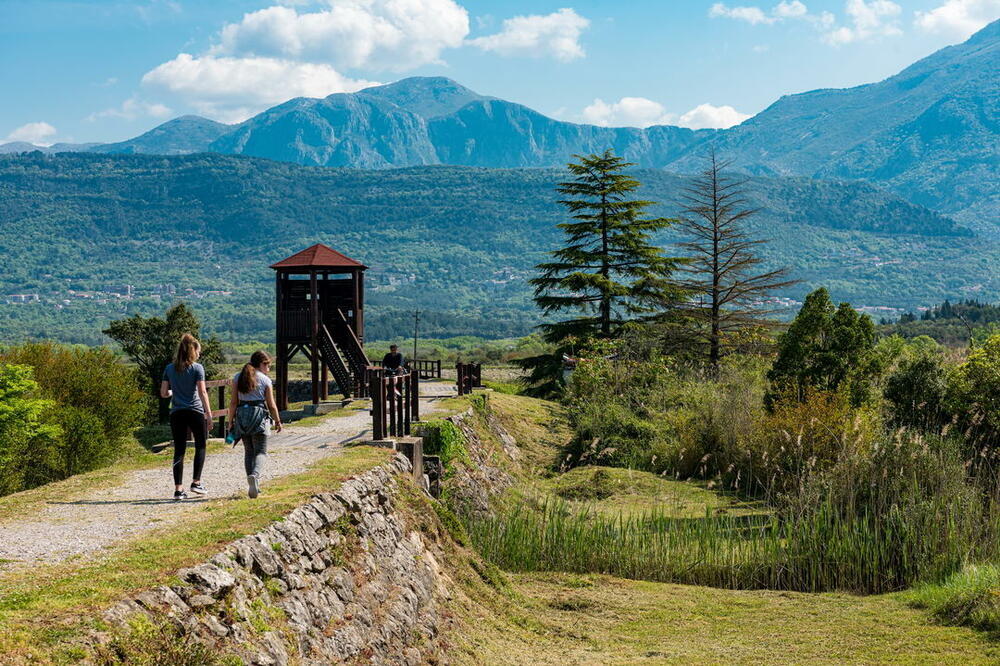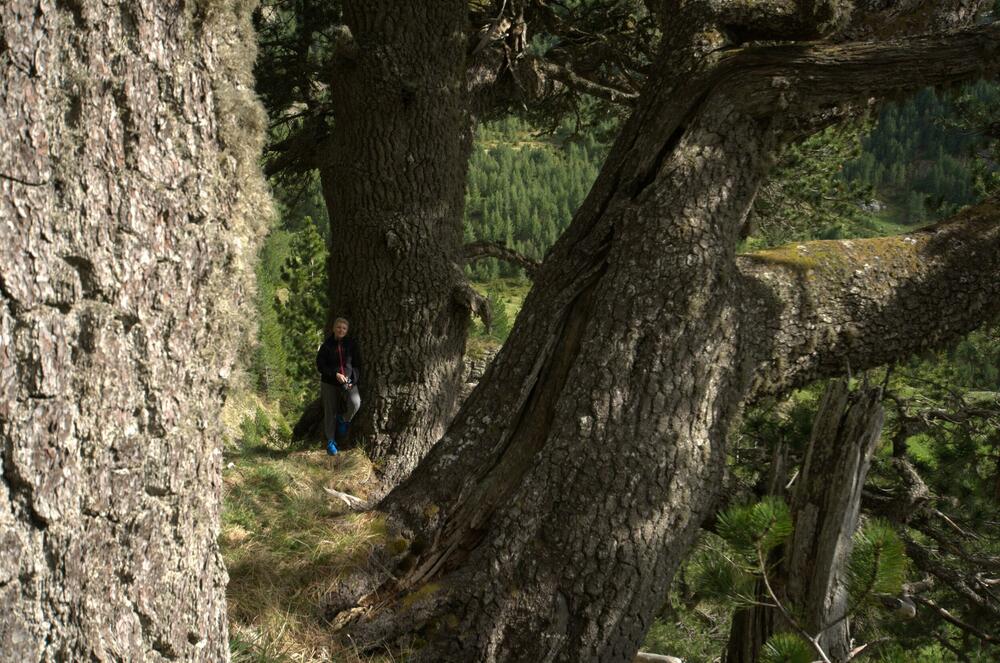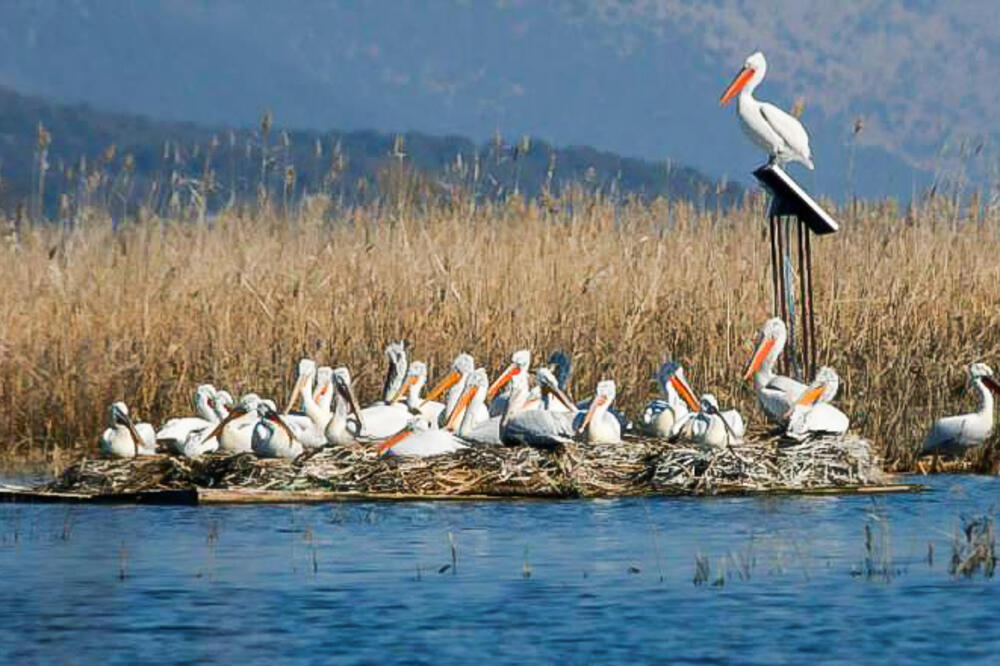For twenty beaches in the Morski Dobr zone, as well as three outside it, including the Park of the Castle on Topolica in Bar, and the Rissan laurel and oleander, it is necessary to carry out a revision and pass a new declaration act, or those areas, if they do not meet the regulations, could lose their protection status.
The revision of the study for two national parks, "Durmitor" and "Skadar Lake", is also underway.
In the coming period, it is expected that some new areas will be added to the list of protected areas - Nature Park Gornji tok Ćehotina, Nature Park Brdo Vrmac, Nature Park Prekornica and Nature Monument City Park in Pljevlja.
This, among other things, was told to "Vijesta" by the Environmental Protection Agency (EPA) regarding the status of protected areas in Montenegro.
"The main reason why an area is placed under protection is the value of its biodiversity, that is, those species and habitats that are important for protection, both at the national and international level," explained the Agency.
According to the legal procedure, after the preparation of the Protection Study, and in accordance with the provisions of Article 32 of the Law on Nature Protection, for the protected area determined in the Protection Study to have the characteristics of a protected area/protected natural asset, an act on the declaration of a protected area is adopted. That document, as they said, contains, among other things, data on the spatial boundaries of the protected area with zones and protection regimes, a description of the basic target values of the area; method of protection and development, what is prohibited and what can be done in a protected area is also stated...
There are currently 74 protected areas in Montenegro: five national parks, eight nature parks, three special nature reserves. Among the protected areas are also 53 natural monuments, three strict reserves and two areas of exceptional quality.

Categorization is regulated by the Law on Nature Protection, which describes what an area needs to satisfy in order to receive a certain status, as well as whether and which activities are allowed in that area.
Thus, strict land or sea reserves are intended exclusively for monitoring the condition and preservation of the original nature and for scientific research "which does not change the basic characteristics and does not endanger the free development of natural phenomena and processes".
"In a strict nature reserve, it is forbidden to carry out actions and activities and perform activities, except for visits for the purpose of education, conducting research and monitoring the state of nature," the law says.
For visits, as foreseen, the approval of the legal entity that manages the area is necessary, with the previously obtained opinion of the administrative body.
The status of a strict nature reserve in Montenegro has the hatchery of osprey on Lake Skadar, the ornithological reserve near Hum Pančeva oka and Manastirska tapija, the ornithological reserve near the island of Vranjina.
For each of them, the revision of the area and the adoption of the Special Purpose Spatial Plan of NP "Skadarsko jezero" until 2025 are awaited.
The Law on Nature Protection prohibits doing anything in the national park that threatens the originality of nature. There are five national parks in Montenegro - Durmitor, Biogradska gora, Lake Skadar, Lovćen and Prokletije.
NP "Durmitor" was established in 1952, but its boundaries were changed over the years, so in 1997, when the Spatial Plan for the Special Purpose Area was changed, the town of Žabljak was excluded from the NP area. In a 2005 report, UNESCO suggested the demolition of illegal structures. The reduction of NP boundaries continued in 2013, and urbanization and illegal construction were cited as the main reasons for the exclusion of the area from the NP territory.
Special reserves, including the Tivat Salt Flats, can be in natural, semi-natural or anthropogenic areas. In those areas, according to the law, certain activities are possible, but with a permit in accordance with the management plan.

Nature parks are either natural or partially cultivated areas, with a high level of biological diversity, geological values... There, according to the law, everything that can threaten the features, values and role of the park is prohibited.
As well as a special reserve, a nature monument, of which there are the most protected areas in Montenegro - 53, can be in a natural, semi-natural or anthropogenic area. According to the law, a natural monument is an area in which there are one or more natural or natural-cultural forms, which have ecological, scientific, aesthetic, cultural or educational value.
"On the natural monument and in its immediate surroundings, which is an integral part of the protected natural property, it is prohibited to carry out actions, activities and activities that threaten the characteristics, values and role of the natural monument", the law says.
In Podgorica, Gorica, a hill in the city center, recently received the status of natural monument.
Architect Andrija Markuš in an interview with "Vijesti" in 2017, he talked about the time when there were no trees in Gorica.
"Afforestation actions started in the early 50s of the last century. I was an elementary school student at the time, and apart from children, individuals of all ages participated," he said at the time.
Afforestation was organized in several actions, partly due to frequent fires at that time. The trees were planted in the rockery, but in this way, erosion was prevented. The forest in Gorica, said the interlocutor of "Vijesti" at the time, also influenced the climate and reduced the strength of the north wind, which is characteristic of Podgorica.
The Law on Nature Protection also recognizes the category of "area of exceptional qualities". Savinska dubrava in Herceg Novi and Trebjesa in Nikšić have this status.
Areas of exceptional characteristics include places where the interaction of people and nature over time has shaped recognizable localities with significant aesthetic, ecological and cultural values, accompanied by high biological diversity.
If an area is found to have lost the values on the basis of which it was given protection status, that status may be lost.
An audit of the protected area is done beforehand.
"The reasons for starting the audit of protected areas are defined in Article 35 of the Law on Nature Protection, in such a way that, if it is determined on the basis of scientific research that there has been a change in certain habitats and species of a protected area, or if for a protected area that has been registered in the register of protected areas determines that there are no data on boundaries, target habitats and species for the protected area, the administrative body is obliged to inform the authority responsible for the adoption of the act declaring the need to initiate the audit procedure for that protected area. Whether areas will lose their protected status depends primarily on the determination of their condition on the ground by experts for individual habitats and species, in the sense of whether or not the area has lost its characteristics and values in the period from when it was declared until today, and on on the basis of which it was placed under protection", explained the Agency.
So, as they said, the audit needs to be done for 20 beaches in the Maritime Dobor zone, three areas that are outside the Maritime Dobro zone - Castle Park on Topolica, Municipality of Bar, Laurel and Oleander stand above Risno on the territory of the Municipality of Kotor, Park areas in Herceg Novi . An audit must also be done for ten protected trees within and outside the boundaries of the Morski Dobr.
"Also, the revision of the Study for NP 'Durmitor', NP 'Skadarsko jezero', as well as the revision of Đalovića Gorge, is underway. After the audit studies are completed, we will be able to provide more precise information on whether a protected area has lost its protection status", the Agency told "Vijesta".
When asked whether it is necessary to officially protect every significant area, or whether the protection itself is sometimes a simpler mechanism to fight irresponsibility, both institutions and individuals, the Agency said that certainly the protection of an area is a "necessary and important mechanism".
"Which can provide and/or reduce the irresponsible and unscrupulous attitude towards habitats and species within protected areas and be a contribution to reducing the rate of loss of biological diversity."
Database published on prirodainfo.me and epa.me
Interested parties can find information about protected areas, their status, via the website prirodainfo.me. Tabular display or overview of protected areas on the map is possible.
Data on all protected areas have not been published on the website, so Gorica is not yet in that database. The Agency said that a more advanced version is being developed.
"The site prirodainfo.me is still active, but it has not been updated with the latest information, due to the fact that in the meantime, the Agency, with the support of GIZ, created a more advanced version of the site with the functionalities of the geographic information system", they told "Vijesta".
That version can be accessed from the Agency's website (epa.org.me), in the "Nationally Protected Areas" section.
The third rainforest between Plavo, Andrijevica and Gusinje
In May, the Center for the Protection and Study of Birds submitted to the Agency, the municipalities of Plav, Gusinje and Andrijevica, an initiative for the protection of Zeletin and Visitor.
This, they say, would establish the protection of one of the best-preserved forest complexes in the Balkans and, after Biogradska gora and Crni poda, the third rainforest in Montenegro.
In the area of Visitor and Zeletin, as they said, 322 species and subspecies of vascular plants of the forest ecosystem were recorded, of which 21 species are endemic to the Balkan Peninsula, and 94 species are medicinal plants that have been used in traditional medicine for thousands of years.
"With 110 species of birds, Zeletin is home to almost a third of the registered species in Montenegro. Of the 38 species of mammals, 24 are protected by the Bern Convention, while 21 species are on the list of the Habitats Directive," states the CZIP initiative.
Visitor and Zeletin are the only places in Montenegro where munika and molika build communities and, although their nature requires different conditions, they grow with each other.
On Zeletin, "Vijesti" wrote earlier, there are munika trees whose age is estimated at 500, even more than 800 years.
Former employee of the Forestry Institute, Dragan Marković, previously told "Vijesti" that there are more of those old trees in Zeletin than in the whole of Montenegro.
Bonus video:





